The European CSRD (Corporate Sustainability Reporting Directive) is changing companies’ sustainability game for the better; from standardized reporting to reduced greenwashing, here is how it may be impacting your company.
Table of Contents
The CSRD has been a game changer for European sustainability from the very beginning; and ever since it came into fruition, it has brought the territory great hope for the ongoing EU economy’s sustainable transformation.
From standardized reporting, to the broad scope of companies required to report, and its aim to reduce greenwashing through accredited auditing, the CSRD is exceeding many people’s expectations in the best way possible.
Here is a little glance at the scope of the Corporate Sustainability Reporting Directive and how it may be impacting your company.

Understanding CSRD
The CSRD or Corporate Sustainability Reporting Directive is the European Union’s latest effort to standardize sustainability reporting requirements for certain companies.
The aim for setting such standards is to increase transparency and comparability across organizations’ environmental and social impact, allowing stakeholders to make informed decisions.
Empowering stakeholders through said transparency and comparability will also help reduce greenwashing and incentivize companies to make more sustainable and environmentally conscious decisions.
Key aspects of the directive
All in all, this newly adopted directive is a key player in transforming the European economy towards one that centers around sustainable business practices. And now that we understand the overall aim of the latter, let’s take a look at some key aspects of the CSRD that will allow for all these benefits to materialize.
Engage employees in the sustainability strategy
- Standardized reporting: As we’ve already mentioned, the standardization of sustainability reporting is the main and most important element this directive adds on to the current European sustainability regulatory framework, by defining a common format in which to report in. This will bring more consistency as well as allow for easier comparison between companies and across sectors.
- Double materiality: A similarly crucial element to this directive is the idea of double materiality. But what does this mean? When reporting, companies should consider two perspectives, one being ‘inside-out’, this is, how sustainability issues impact the company and its performance, financial and otherwise; and the second view being ‘outside-in’, this is, how the company impacts the environment and society.
- Gap analysis and data collection: In order to apply CSRD to their reporting, companies must first analyze and evaluate their current reporting practices against CSRD requirements and identify the areas that need improvement regarding data collection, reporting or internal processes. Once this is clear, organizations can start to develop a system for data collection and management regarding sustainability topics relevant to previously identified material topics.

- Reporting and assurance: Finally we get to actually reporting, and doing it so following ESRS guidelines together with the materiality assessment’s findings. Additionally, companies are required to engage an independent auditor that can verify the accuracy and credibility of the reported information.

How CSRD changes the sustainability reporting landscape
Under CSRD, over 50,000 companies will be required to report about their non-financial and sustainability issues, all following the same guidelines and requisites. And although the benefits are countless, so are the challenges many businesses face.
For many companies, specially those who already had an ambitious and well designed sustainability reporting plan with long term goals, the directive has, to some extent, become an obstacle by posing the need to rearrange their reporting strategy.
To other less mature companies in sustainability matters the CSRD poses great new challenges, specially in terms of resources, as it takes quite a bit of time, and money, to carry on a double materiality analysis, develop an effective data assessment and management system, and, of course, write down the actual report.
Guide to conduct a materiality analysis
All in all, the CSRD is a great step forward in aligning all companies under the same premises in regards to their sustainability endeavors, as corporate sustainability is key in slowing down the adverse effects of the climate crisis.
Nonetheless, and in contrast to the urgency of our climatic needs, companies need time to adapt and adjust to new requirements. Thus comes the latest news regarding CSRD and the decision to postpone the adoption of new non-EU standards and sectoral standards to June 2026.
Employees' role in advancing sustainability objectives
In DoGood, we aim to simplify the complex web of sustainability objectives for companies by offering a platform that translates the high-level ESG (Environmental, Social, Governance) objectives into actionable tasks for every single employee.
Then, each employee not only knows how to make an impact but also feels empowered to contribute meaningfully to the greater sustainable strategy.
No more vague directives. No confusion. DoGood automates the process, making it seamless for the workforce to know precisely what steps to take.







